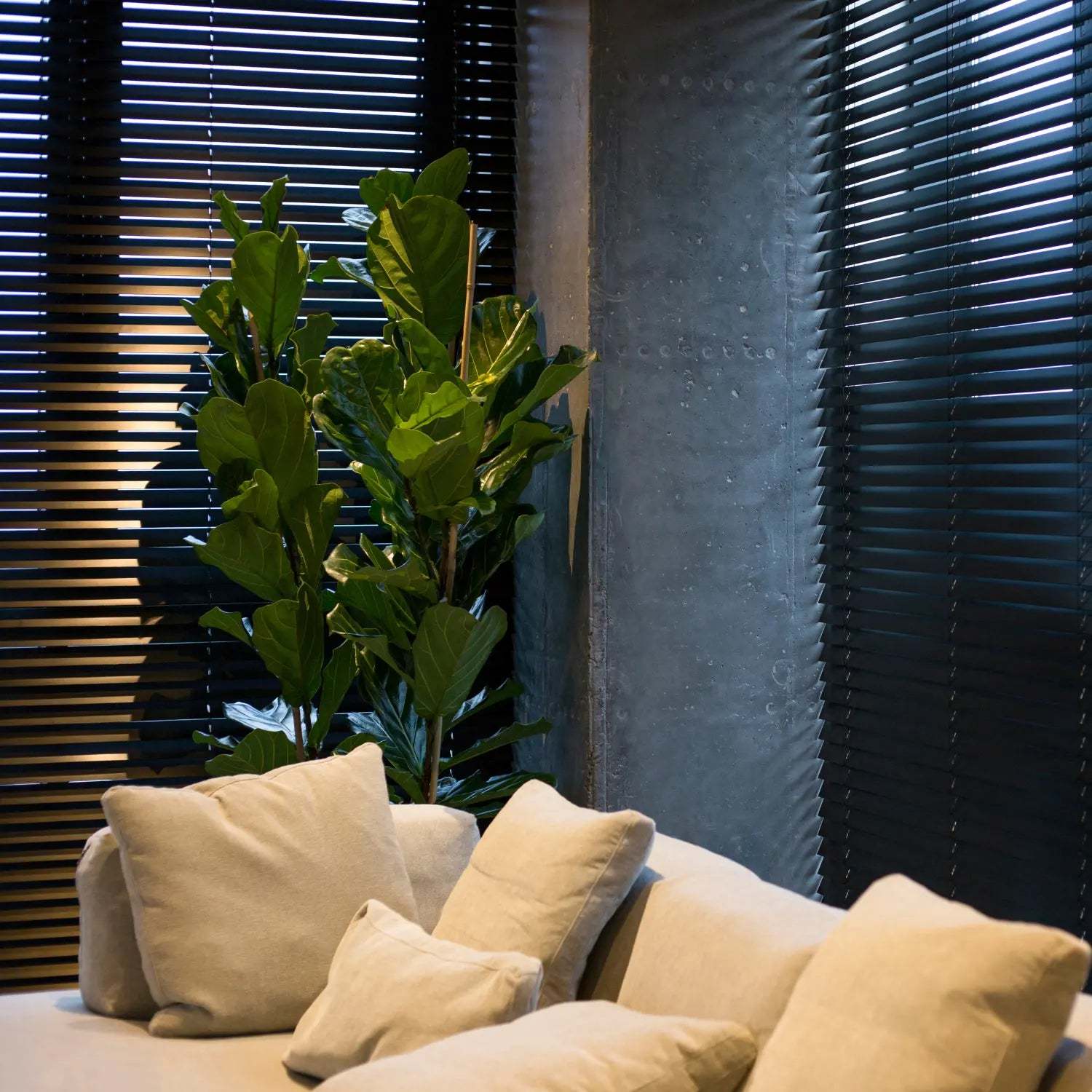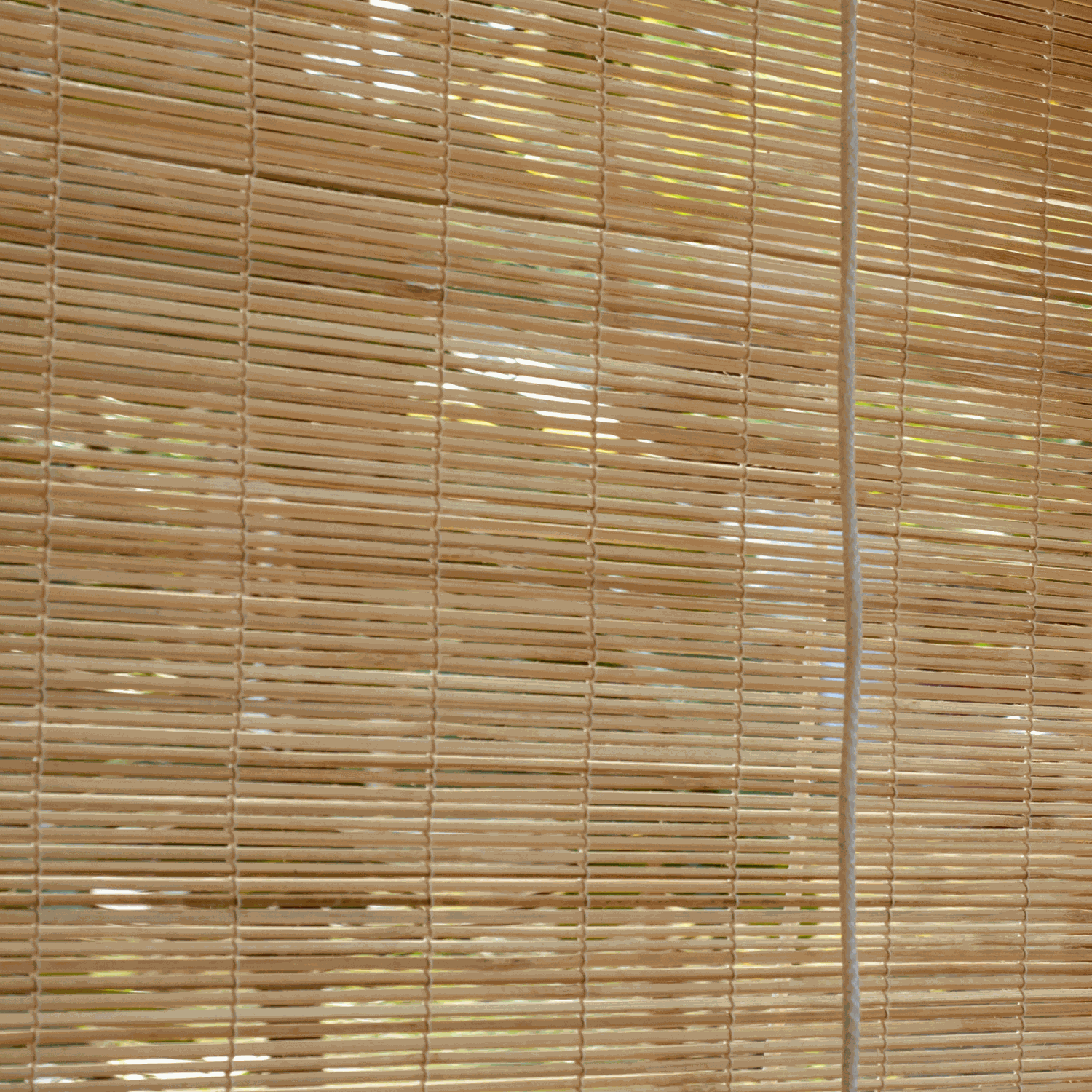
Blinds vs. Shades: Which is Right for Your Home?
Many homeowners don’t know whether to choose blinds or shades—or if there’s even a difference between the two! That’s the topic we’re here to speak on today.
Today, more than ever, we have so many types of window treatments. Approximately 30 plus! If you’ve already narrowed down your choice to blinds and shades, good job. You deserve a pat on the back 😊
From here onwards, we can help. In this blog post, we’ll discuss the differences between blinds and shades, and help you choose the one that’s best for your home.
Blinds vs. Shades: The Differences
It’s common for people to use the terms “blinds” and “shades” interchangeably. They do have a fair share of similarities, but in reality, they’re actually two distinct types of window treatments.
Blinds are hard window coverings which are made with rigid horizontal slats. You can tilt these to control the amount of light entering the room. You may also raise or lower blinds.
Shades, on the other hand, are window coverings made from one (or more) pieces of fabric. The whole piece of fabric can be raised or lowered. Somewhat like a simple up-and-down manner without adjustable slats.
Blinds vs. Shades: The Pros and Cons
You now know what blinds and shades look like. Like their appearance differs, their pros and cons do, too.
Blinds Help Control Light Better
Blinds give you better adjustability. Crack open the slats, and sunlight will fill up your space. Tilt them to darken it when you’re in for a good nap. Shades can be positioned up or down, too, but the light level they block depends on the opacity of the fabric used. If you use linen, light may diffuse through. Blackout cellular shades can fully block out light. So, you don’t get much flexibility here.
Blinds are Easier to Clean
The slats of blinds are a lot easier to clean as compared to cloth shades. Plus, fabric can hold dust and pollen—especially when the window is open—so if you have allergies, blinds will be a better option.
How to clean blinds:
- Dip a microfiber cloth in a solution of washing-up liquid and water.
- Squeeze out the excess water before wiping the blinds (right to left if horizontal and top to bottom if they’re vertical).
- Take a clean microfiber cloth and use it to wipe the blinds dry.
You can also use the soft dusting brush of your vacuum to clean your blinds (on the lowest suction setting).
How to clean shades:
- Pull the shades down.
- Lightly dust/vacuum them with the upholstery attachment.
- Use a soft cloth with a mild soapy solution and spot-clean the shades. Do this in a direction parallel to the fabric’s pleats.
- Allow the shades to air dry, and after that, you can raise them again.
Blinds are Less Expensive
On average, blinds are one of the least expensive window treatments. So if you’re looking to make a financially conscious decision, blinds will be a better option.
Shades Offer More Privacy
When you want light to enter, you’ll have to open your blinds. This means everyone outside can look inside. And if you close them for privacy, you’ll block out the sun. Shades, on the other hand, are more flexible. When down, they will offer privacy (more than most blinds) and let light seep through.
Plus, blinds, even when closed, have little gaps between them. Shades are continuous pieces of fabric, so no chance of anyone peeking in.
Shades are Energy-Efficient
Some types of shades—like honeycomb treatments—have dual comb technology. They trap air inside the pockets, which creates insulation. This keeps the hot summer and cool winter air out. Blinds don’t offer much insulating properties.
Shades Usually Come in More Styles
It’s true that blinds come in many materials, but shades usually come in more patterns and colors.
Styles of blinds:
- Roman
- Venetian
- Wood
- Roller
- Panel
Styles of shades:
- Roman
- Roller
- Woven
- Motorized
- Pleated
- Vertical
The shades that use fabric—like roller shades—further have as many colors and patterns as you could think of! Floral and geometric; light colors and bold hues; the possibilities are endless.
What is Better for Your Home—Blinds or Shades?
So, which out of blinds or shades are better for your home? It really depends on the room (and purpose) you’re picking for.
Bedroom
The bedroom is where you need proper privacy—and also a dark space to go to bed. Traditionally speaking, this would be something that blocks out the morning sun and darkens your room in the evening.
Our recommendation: Cellular shades. These fully block out light and give you privacy.
Bathroom
This is where you need something that gives you privacy + can handle the moisture levels of the bathroom.
Our recommendation: Faux wood or PVC blinds. These handle humidity well. They also allow for privacy while still letting a little sunlight filter in. If light isn’t a concern, you can, again, go for cellular shades.
Living Room
Your home’s central area of communion, the living room, is a warm, inviting space. You will need a treatment that conveys comfort while also illuminating one of the largest rooms in your home.
Our recommendation: Roman shades. You get plenty of color and texture options in these, which is a bonus in the living room where aesthetics really matter. Plus, they fold up at the top when raised; this creates a bunched, elegant look. Roman shades can also create a soft and inviting ambiance by filtering in light—while still maintaining privacy.
Kitchen
You want your kitchen to have an open and airy look, but still be able to block that midday glare (sure can get annoying as you do the dishes). Your window treatments need to be thin for the airy vibe but thick enough to block light.
Our recommendation: Faux wood or aluminum blinds. These are easy to clean and can resist humidity (often the case as you boil things while cooking). Plus, kitchens often require quick adjustments. Like you will need to up the light as you cook. And get the food odors out after you’re done. Blinds offer this flexibility.
Dining Room
This is where you host, so it should have an elegant ambiance that matches the room’s decor. Or something that complements any design style, should you switch up in the decor in the future.
Our recommendation: Woven wood shades. These add warmth and sophistication to the dining room.
Home Office
We often tend to work hours on end, so our workspace should be a peaceful place. One filled with soft sunlight. This makes sure we can create a focused work environment, but without the harshness of direct sunlight.
Our recommendation: Solar shades. These reduce glare while letting in natural light.
Children’s Room
If you have little ones, you’d know their safety is a priority. And, well, so is their nap time 😅 A little disturbance (read: too much light), and they won’t have their sleep.
Our recommendation: Blackout shades. These are safe + they completely block out light, so the kids can enjoy their nap.







